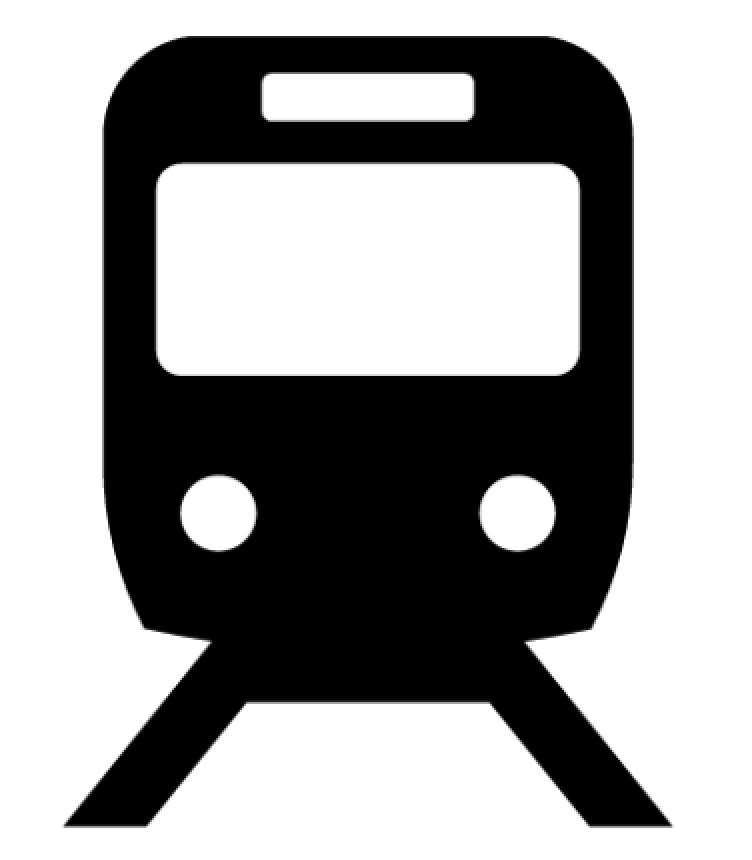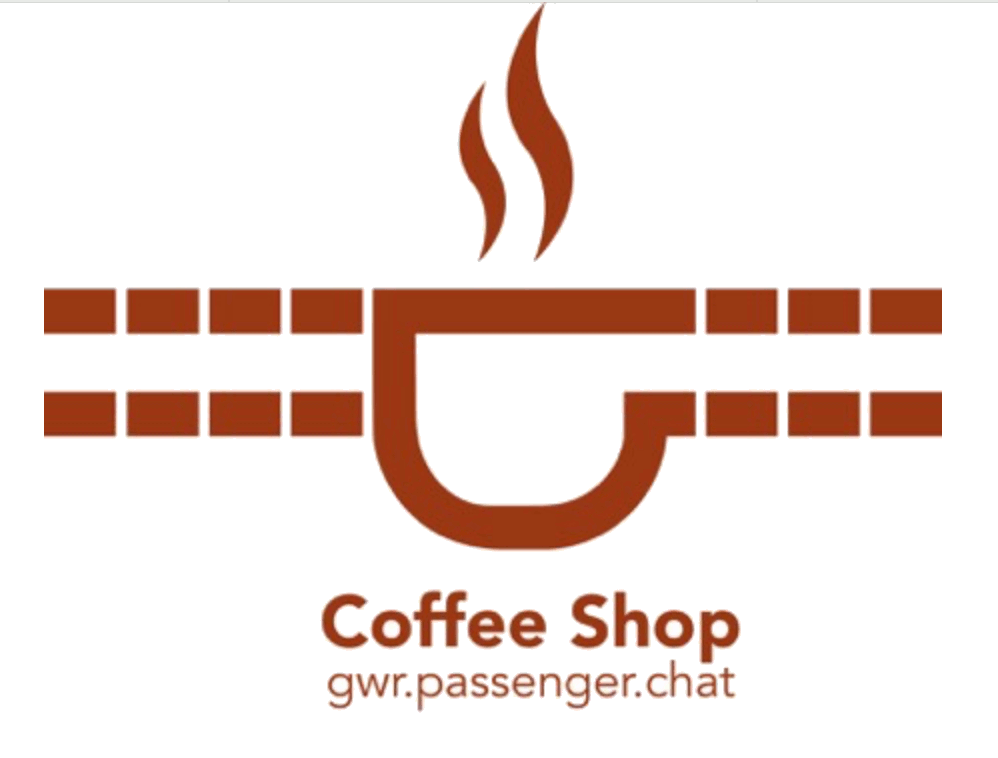|
Hafren
|
 |
« Reply #6 on: Today at 00:46:59 » |
|
Thinking about the subsidised secondary routes near me - both urban and rural...
There are a few dominant local operators - primarily First, but also some other major plays. Mix of commercial and subsidised routes, mostly moderately frequent, or at least regular through the day. Day/weekly tickets useful as they can be used on all routes as long as the same operator is used. People know these companies run several routes in teh area, and a look at the websites shows the routes available. A lot of flaws with the service provision, but essentially there's a well-known service provision.
Then there are the 'fiddly little routes'. In some cases 1-2 hourly, in some cases a few each day. Several companies involved - fine for pass-holders, but not so useful for those on day tickets. In many cases, the route varies a bit with each journey. Some are designed to connect with 'main' routes, but others aren't.
In reality the 'urban circular' type routes are probably are only useful to pass-holders, because the able-bodied will walk to the nearest main road for more frequent services, but they would probably be more useful if they were set up better. There's one that goes past my house, but I couldn't tell you when it runs. There are no designated stops, and my road doesn't appear on the rudimentary maps. The only designated stop is one by a nearby pub, which is shown in the timetable and on maps/planners; even that one doesn't have a sign. Which is fine for rural and occasional routes (and indeed more the norm in deep rural areas) - probably cheaper than maintaining stops - but without even the odd waypoint added to maps/planners/timetables, only regular uses would know where to wait for it! The map doesn't even hint that it passes my house, and many locals wouldn't even have heard of the company if only really familiar with the big players! If someone living on my road were shopping and a bit tired and happened to be ready to leave town when the bus is due, they might pick it over a route to the nearest main route, but as there isn't integrated ticketing they wouldn't unless they were a pass-holder.
It strikes me that if several of these 'urban circular' type journeys were linked, maybe into a 'city circle' type service, they could run to a more regular timetable, rather than sporadically (often a few journeys in a row, then none for a bit, then the afternoon batch - perhaps partly because of shift/lunch patterns, and partly because of swapping between the routes). And if there were integrated ticketing - be it an area-wide franchising model or one company just running hte whole lot - they would be more useful to everyone.
It's great that a particular market segment is served by these buses, but when I've seen them they aren't full to the brim, and if someone put the time into reviewing them perhaps they could be that bit more commercially useful.
The rural 'fiddly extra' routes are generally better - more defined routes, run by the same operator as the main axes, and designed to connect therewith, and quite useful for tourism so there is some marketing, although it's inconsistent. There are however some oddities - one or two (not sure how much they've survioved post-Covid) that run on certain days only for shoppers etc, and one that I've seen advertised at stops - possibly run on a voluntary or 'community' basis of some sort. The only way I know about it is from seeing advertising sheets at stops in that area. The photos (not sure if token/clipart or actuially representative) show coaches - not sure if a coach co runs it, or if someone has basically hired the coach. It runs on certain days only, between main axes so that it's useful for popping to shops etc - and the advertising at the stops says it's for pass-holders only. I can understand why in a way - perhaps avoids some sort of additional admin hurdle - but it could be more commercially useful if they could carry fare-payers as well. Again, perhaps if this type of route were linked into some of the others it could run daily, carry all passenger types etc.
|





